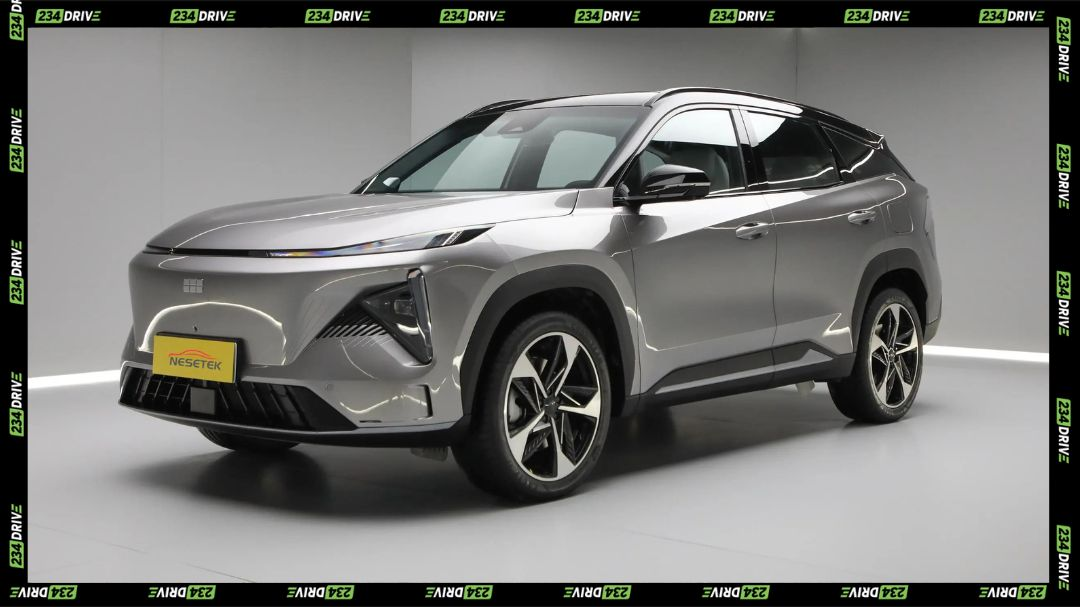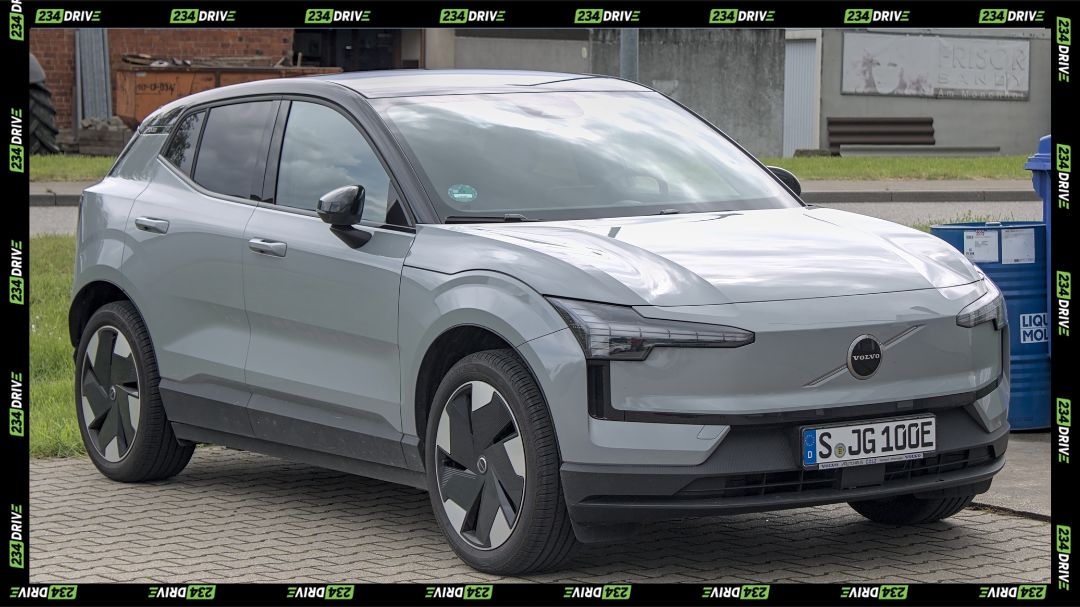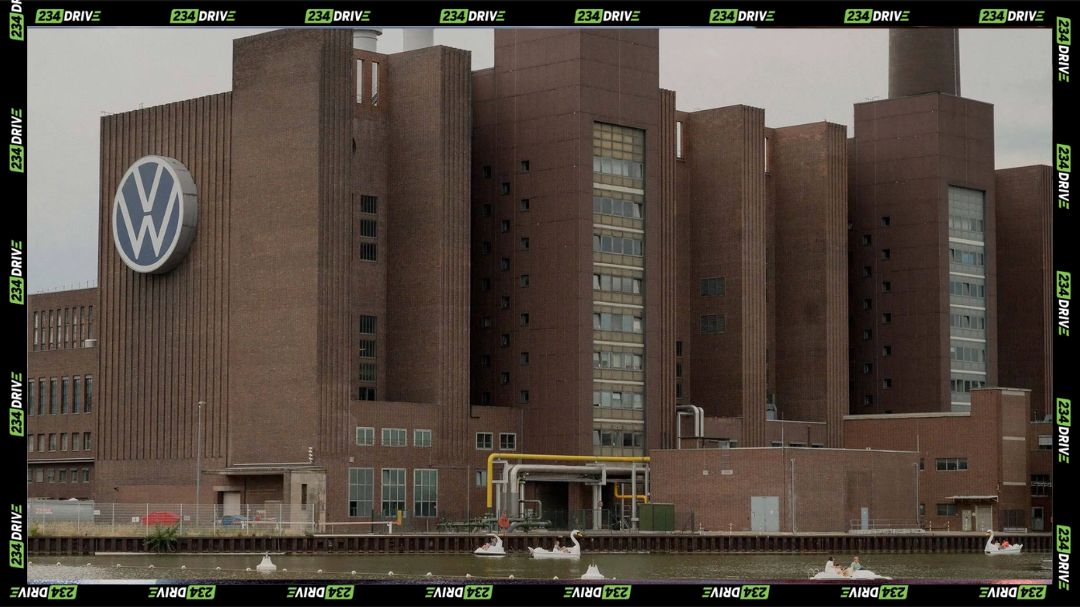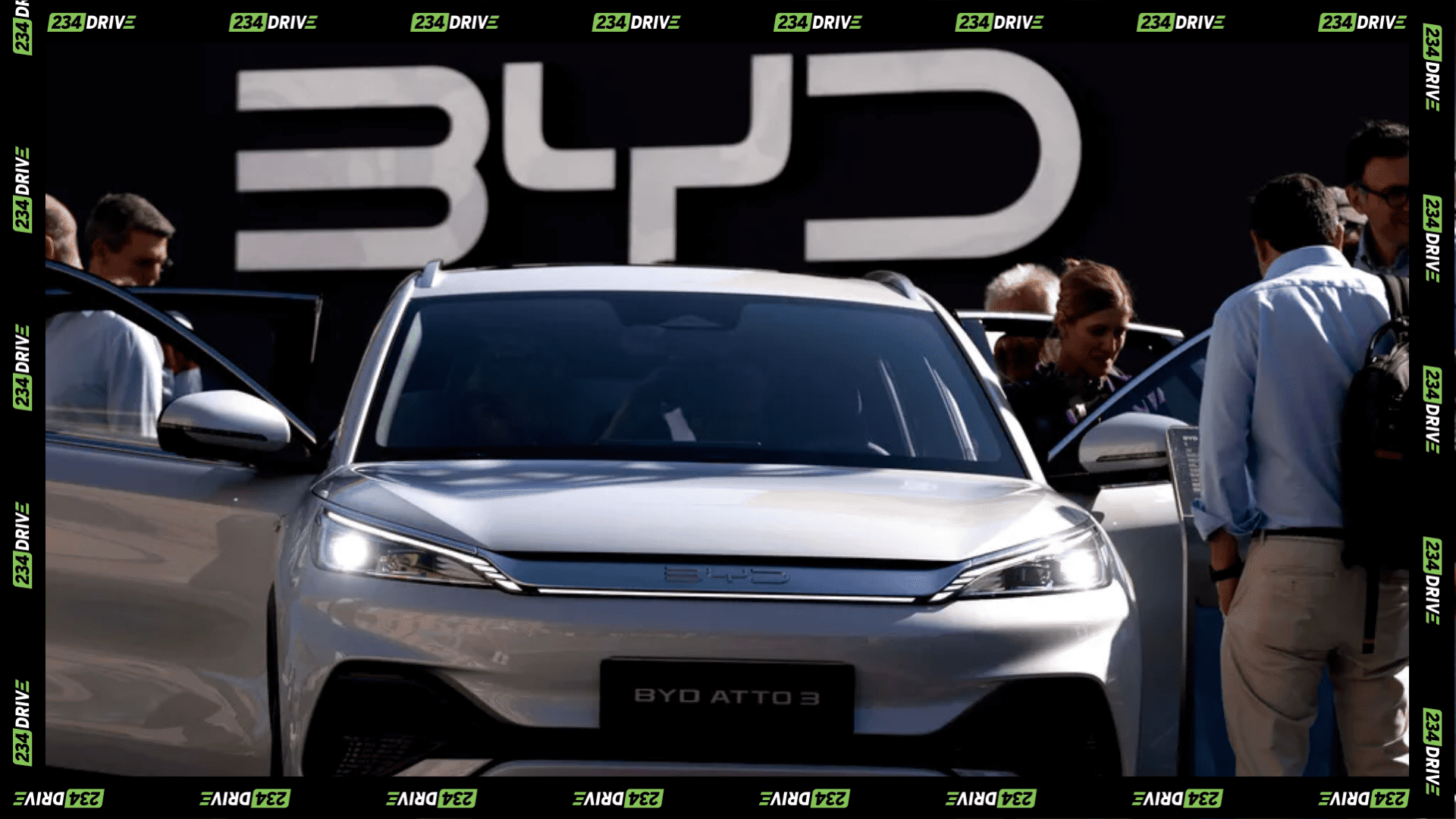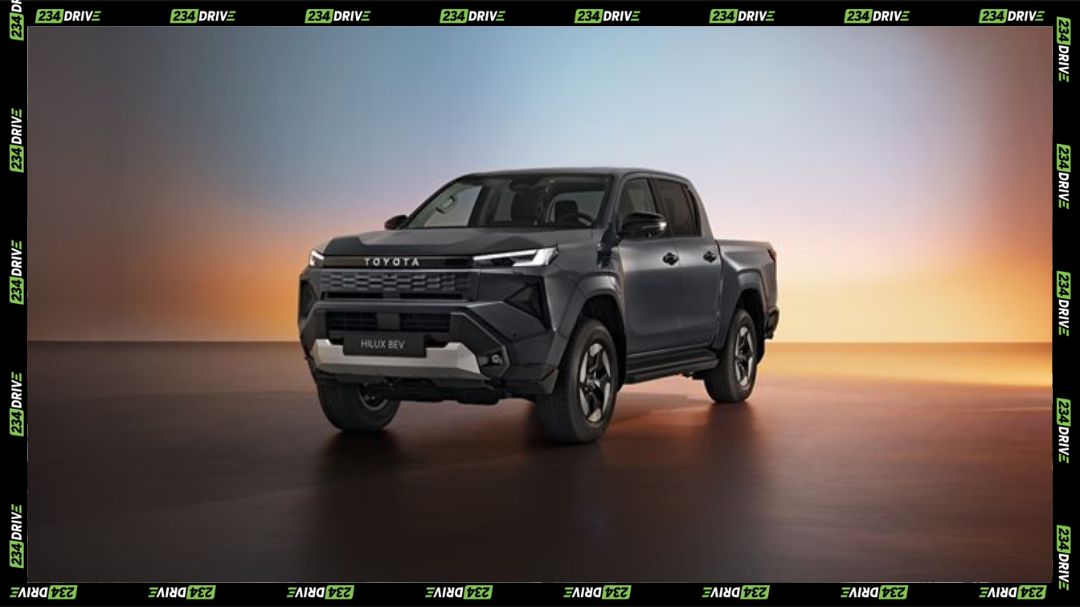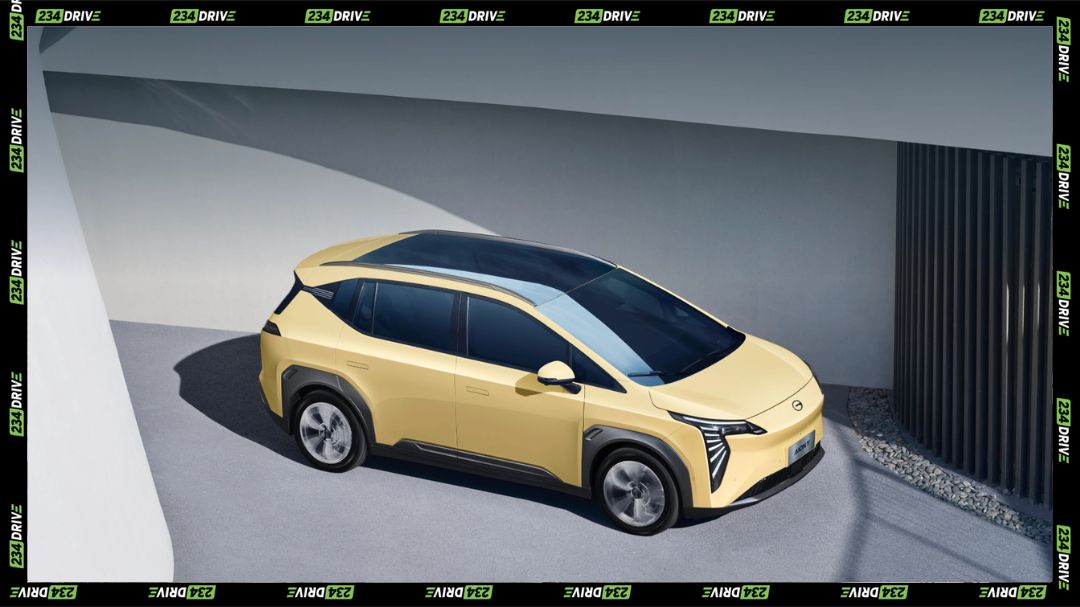The Toyota GR Yaris has established itself as one of the most compelling performance hatchbacks available today, blending motorsport pedigree with everyday usability. Born from Toyota Gazoo Racing’s World Rally Championship success, this compact powerhouse represents a rare breed of homologation special that brings genuine rally technology to public roads. The 2025 update introduces significant enhancements that address previous criticisms while amplifying the car’s core strengths.
For South African enthusiasts, the updated GR Yaris arrives with meaningful improvements including increased power output, transmission choice, and refined handling characteristics. Priced at R942,200 for the manual and R971,300 for the automatic variant, this hot hatch positions itself as a premium offering in the local performance market. With its rally-bred all-wheel-drive system and track-focused engineering, the GR Yaris promises an engaging driving experience tailored to South Africa’s diverse road conditions.
Exterior Design and Road Presence

The GR Yaris maintains its aggressive, purposeful stance with subtle but functional updates for 2025. The compact dimensions of 3,995 mm in length, 1,805 mm wide, and 1,455 mm tall creates an unmistakably athletic profile that hints at its competition heritage. The front fascia features a redesigned bumper with split construction for easier post-impact repairs, a practical consideration for spirited driving. A steel mesh grille replaces the previous plastic unit, improving cooling efficiency while adding durability against road debris. The widened track and muscular wheel arches accommodate 18-inch BBS forged alloy wheels wrapped in Michelin Pilot Sport 4S tires on premium variants, giving the car a planted, ready-to-pounce appearance.
At the rear, enlarged tailpipes now 105 mm diameter compared to the previous 86 mm which signals the enhanced exhaust flow that contributes to the improved power output. The single-piece rear light bar integrates the auxiliary stop light, while aerodynamic slots in the bumper facilitate better heat dissipation and airflow management. Available in Platinum White Pearl, Lunar Black, Glacier White, Fierce Red, and Midnight Grey, the color palette ranges from subtle to striking. The overall design philosophy prioritizes function over flash, with every element serving a performance purpose while maintaining Toyota’s build quality standards. At approximately 1,280 kg kerb weight, the GR Yaris remains impressively light for a modern all-wheel-drive performance car.
Interior Comfort and Technology
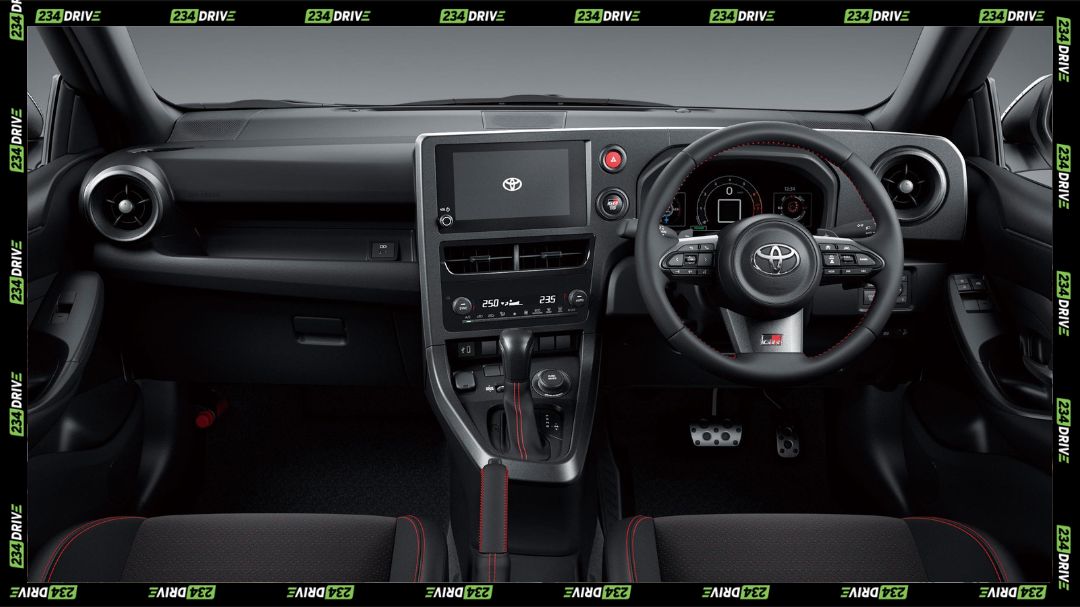
Inside the cabin, the GR Yaris adopts a driver-focused cockpit layout inspired by motorsport. The most significant ergonomic improvement for 2025 is the driving position, lowered by 25 mm to create a more immersive, connected feel behind the wheel. This addresses a common critique of the previous generation, where drivers felt perched atop rather than nestled within the car. The race-inspired seats provide excellent lateral support during aggressive cornering while remaining comfortable for daily commuting. A new 12.3-inch digital instrument cluster replaces the analogue gauges, offering customizable displays including rally-style readouts for torque distribution and turbo pressure features that enhance the connection between driver and machine.
The infotainment screen is angled 15 degrees toward the driver for improved accessibility and reduced distraction. Bluetooth connectivity handles smartphone integration, though some users report occasional temperamental behavior. An optional vertical parking brake enables rally-style handbrake turns for those who wish to explore the car’s competition potential. Practicality takes a backseat to performance, with just 174 litres of boot space and cramped rear seating that’s best suited for occasional use or small passengers. The cabin materials blend quality plastics with functional surfaces designed to withstand enthusiastic use rather than showcase luxury. Climate control and basic comfort features are present, but the GR Yaris makes no pretense about its priorities; this is a driver’s car first and foremost.
Performance and Driving Dynamics

Under the hood, the G16E-GTS engine, a 1.6-litre inline three-cylinder turbocharged unit that delivers 210 kW at 6,500 rpm and 400 Nm of torque between 3,250 and 4,100 rpm in South African specification. This represents gains of 12 kW and 40 Nm over the previous model, achieved through optimized tuning, improved cooling including a manual intercooler sprayer, and a redesigned exhaust system that reduces back pressure by 40%. The result is sharper throttle response and more urgent acceleration, with the 0-100 km/h sprint now completed in just 5.2 seconds; a 0.3-second improvement. Top speed remains electronically limited around 230 km/h, while fuel consumption is rated at approximately 7.7 L/100 km combined, though spirited driving will increase this figure substantially.
The introduction of an 8-speed Gazoo Racing Direct Automatic Transmission alongside the retained 6-speed manual represents a landmark addition. The torque-converter automatic features close-ratio gears, heat-resistant materials for sustained performance use, and adaptive software that monitors brake and accelerator inputs to anticipate shift requirements. While purists may favor the manual’s intelligent rev-matching system, the automatic enhances accessibility for daily driving without significantly diluting engagement. Both transmissions pair with the GR-Four all-wheel-drive system, offering three modes: Normal (60/40 front/rear torque split), Gravel (53/47 split optimized for loose surfaces), and Track (variable distribution up to 70% rear for enhanced cornering rotation). Chassis refinements include 13% more spot welds, 24% expanded structural adhesive, and triple-bolted shock absorbers for improved body rigidity. Front Torsen limited-slip differentials and rear units on higher trims maximize traction, while slightly softer suspension springs improve ride quality on rough surfaces. The braking system employs 18-inch ventilated front discs with four-piston calipers and 16-inch rear discs with two-piston units, delivering strong, fade-resistant stopping power suitable for track use.
How It Handles South African Driving Conditions
The GR Yaris proves particularly well-suited to South African road realities, where surface quality varies dramatically from smooth highways to potholed urban streets and gravel farm roads. The refined suspension setup with softer springs absorbs imperfections more effectively than track-focused alternatives, while the reinforced chassis maintains composure over washboard surfaces common on rural routes. The Gravel drive mode—replacing the previous Sport setting—optimizes torque distribution for loose surfaces, making the car exceptionally capable on dirt roads that might challenge two-wheel-drive performance cars. A local reviewer noted, “With so much grip being applied so intelligently, it’s hard to imagine anything costing less being faster on a wet or washboard road.”
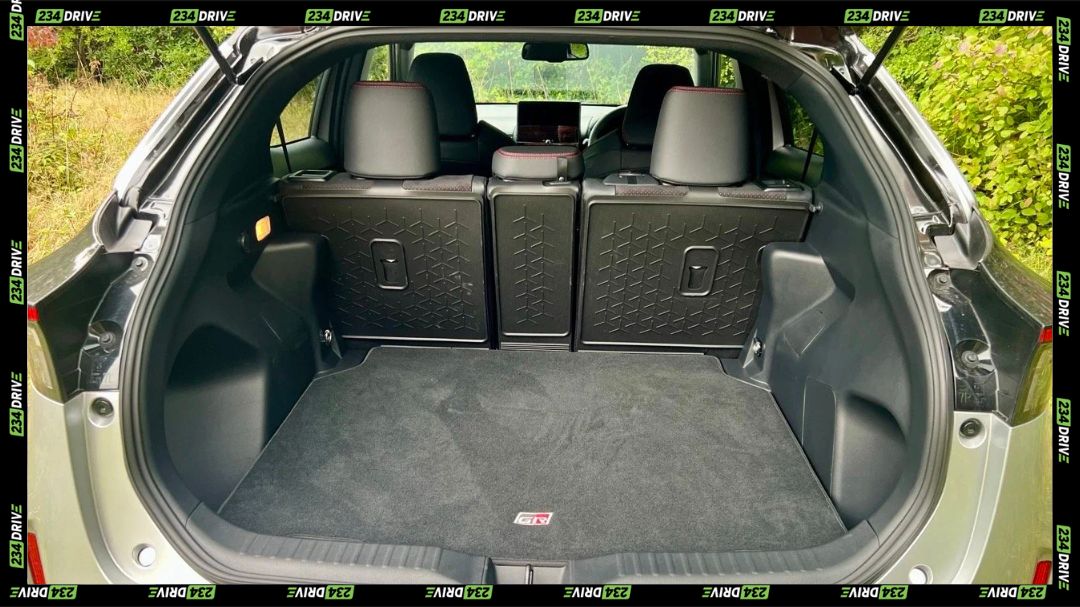
South Africa’s climate presents challenges from scorching Highveld summers to unpredictable coastal weather, and the GR Yaris handles these extremes competently. The enhanced cooling system manages heat effectively during spirited driving in warm conditions, while the all-wheel-drive system and performance tires provide confidence in wet weather—a significant advantage during Johannesburg’s afternoon thunderstorms or Cape Town’s winter rain. The compact dimensions suit congested urban environments, though the firm ride and limited ground clearance require careful navigation of severe potholes. Maintenance infrastructure benefits from Toyota’s extensive South African dealer network, ensuring parts availability and service expertise. The included 3-year/100,000 km warranty and 9-service maintenance plan provide peace of mind, though the 10,000 km service intervals arrive more frequently than some rivals. The car’s rally-bred durability and Toyota reliability heritage suggest strong long-term ownership prospects, particularly for enthusiasts who maintain their vehicles properly.
Where It Stands in the Market
In the South African performance hatchback segment, the GR Yaris faces competition from established players including the Volkswagen Golf R, Honda Civic Type R, and Hyundai i30 N. At R942,200 for the manual variant, the GR Yaris commands a significant premium—the Golf R starts around R930,000, while the i30 N offers compelling performance from approximately R750,000. The Civic Type R, when available, typically exceeds R900,000. What distinguishes the GR Yaris is its unique combination of lightweight construction, rally-derived all-wheel-drive technology, and motorsport pedigree that competitors cannot match. The Toyota Gazoo Racing heritage translates directly from championship-winning rally cars to the showroom model, a claim few hot hatches can make authentically.
From a value perspective, the GR Yaris requires careful consideration. Its limited practicality—small boot, tight rear seats, firm ride—means it functions better as a second car or for enthusiasts without family hauling requirements. Resale value should remain strong given the car’s cult following, limited production numbers, and Toyota’s reputation for reliability. The performance hatchback segment in South Africa values exclusivity, and the GR Yaris delivers this alongside genuine capability. Maintenance costs should align with Toyota’s generally reasonable pricing structure, though consumables like performance tires and brake components will increase running expenses compared to standard hatchbacks. The Golf R offers more refinement and practicality with similar performance, while the i30 N provides excellent value with comprehensive warranty coverage. However, neither delivers the GR Yaris’s visceral driving experience or its direct connection to World Rally Championship success, factors that matter significantly to target buyers seeking an emotional ownership experience beyond mere transportation.
Conclusion
The 2025 Toyota GR Yaris represents a refined evolution of an already exceptional performance formula, addressing previous shortcomings while maintaining the raw, engaging character that made the original special. The power increase to 210 kW and 400 Nm sharpens performance, the automatic transmission option broadens appeal, and handling improvements enhance both everyday usability and track capability. For South African enthusiasts navigating diverse road conditions, the intelligent all-wheel-drive system and robust construction deliver confidence and capability that justify the premium pricing.
While the R942,200 starting price and limited practicality may deter some buyers, those seeking an authentic motorsport-derived hot hatch will find few alternatives that match the GR Yaris’s blend of performance, heritage, and driving engagement. The car stands as a testament to Toyota Gazoo Racing’s commitment to bringing competition technology to public roads, creating something rare in today’s automotive landscape—a genuine homologation special that’s as capable on dirt roads as it is thrilling on tarmac. Whether the GR Yaris represents the right choice depends on prioritizing driving enjoyment over practical considerations, but for enthusiasts who make that calculation, few rivals deliver such a compelling package.
What are your thoughts on the updated GR Yaris? Does the combination of rally heritage and everyday usability justify the premium pricing in the South African market? Share your perspective in the comments below.



